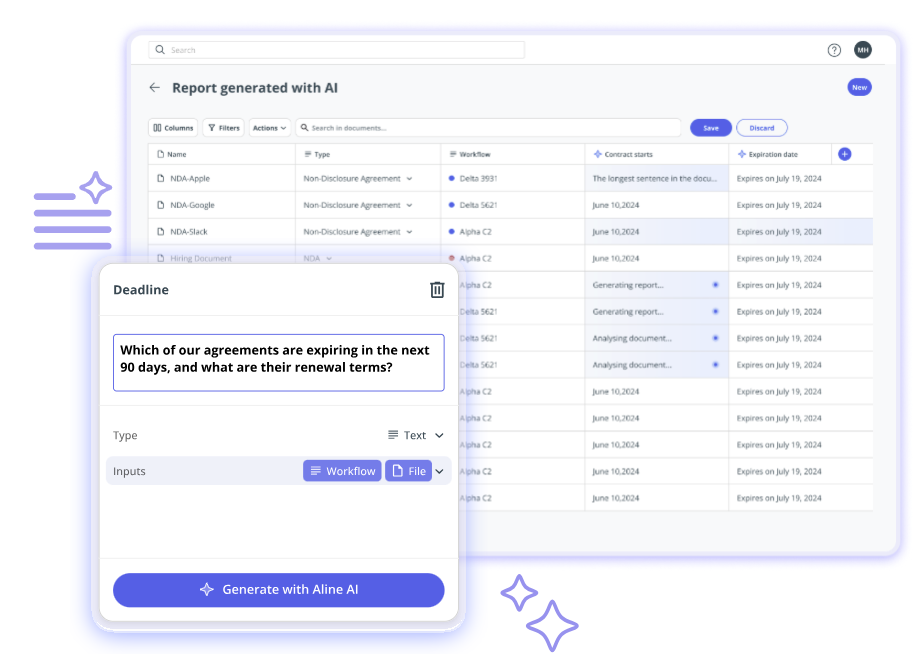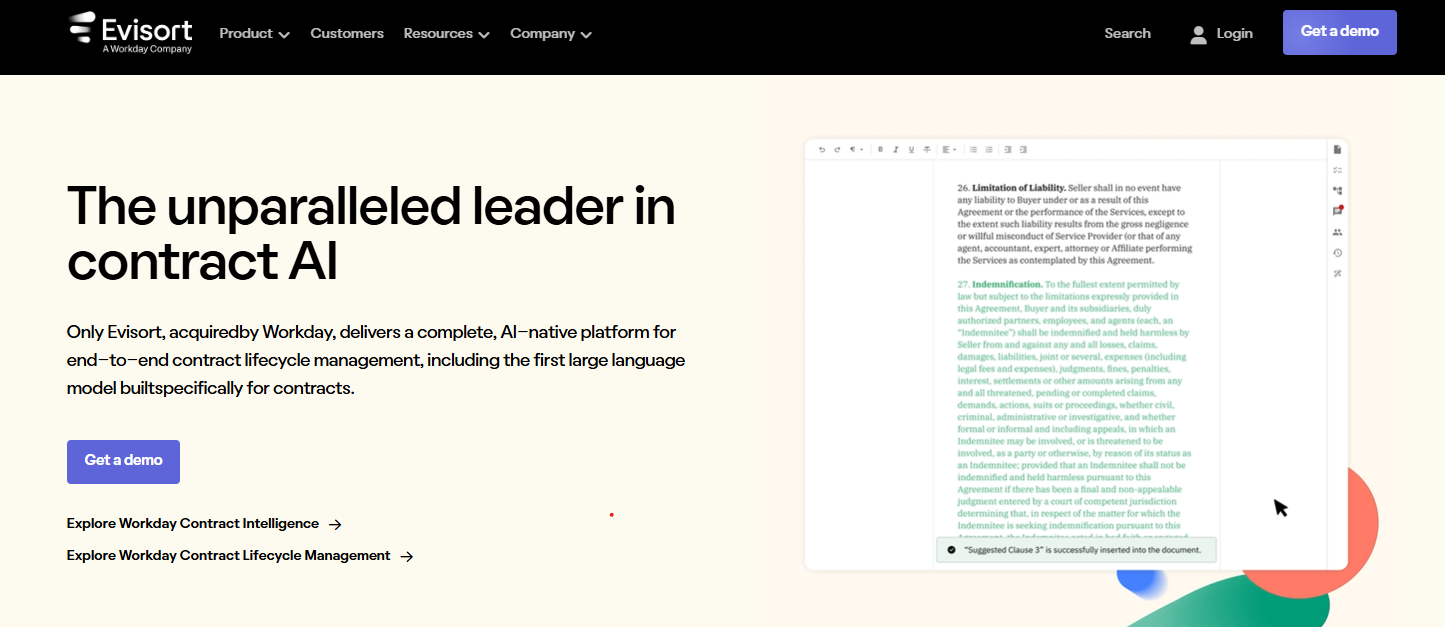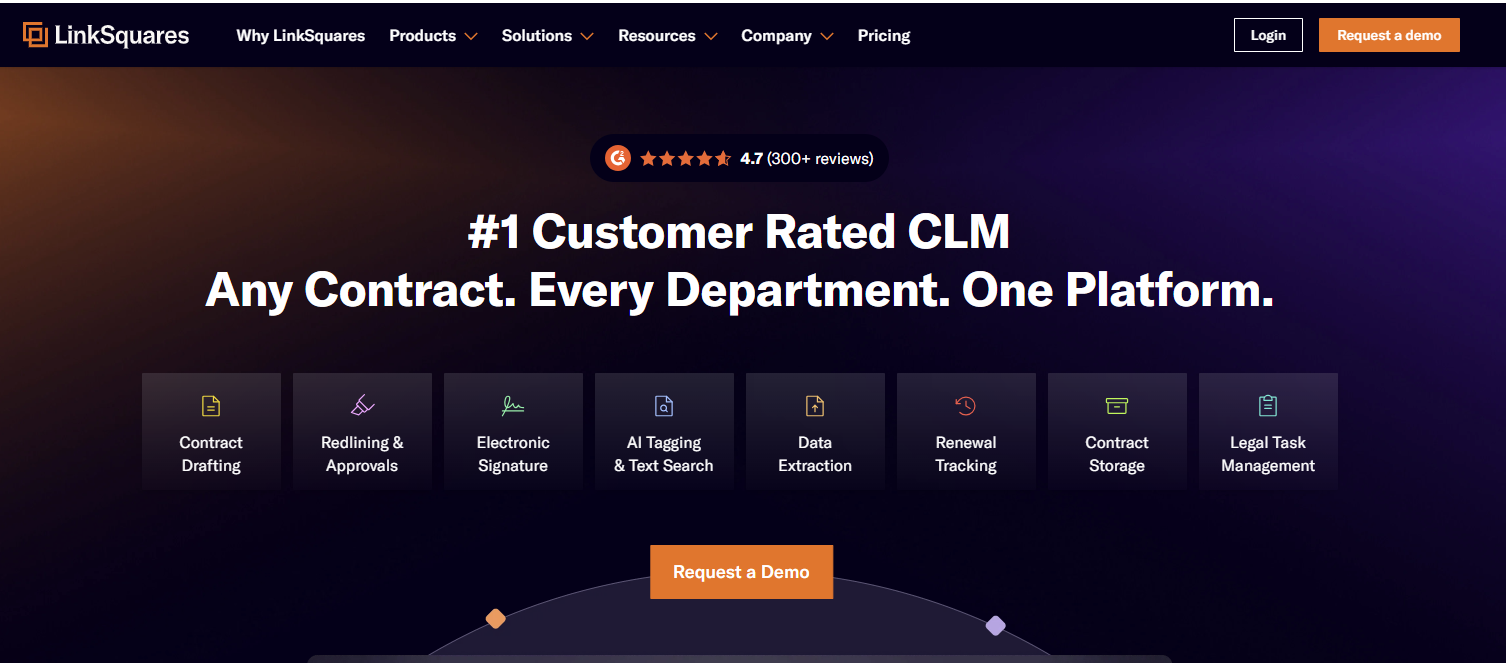Legal analytics now play a key role in nearly every legal workflow. From contract reviews to performance tracking, analytics give teams the clarity they need to work faster and make better decisions.
What once took hours of manual research is now powered by data. Legal analytics tools turn scattered information into clear insights that help law firms build stronger cases, legal teams stay compliant, and business leaders connect legal work to company goals.
Whether you’re reviewing legal data to improve negotiations or using predictive metrics to forecast outcomes, these tools make decision-making faster and far more strategic.
But how do you know which ones are actually worth your time?
In this guide, you’ll learn how legal analytics work, why they matter, and which tools are leading the field.
Legal analytics tools turn piles of legal data into insights that help teams make smarter, data-driven decisions. They’re used by law firms and corporate legal departments to understand what’s working, what’s risky, and where things could move faster.
Specifically, these platforms study information from contracts, court rulings, compliance files, and other kinds of data sources to uncover useful patterns.
Legal analytics tools can also analyze nuances like how cases progress, which clauses cause disputes, and how different courts or judges tend to rule.
Here’s what that looks like in practice:
In simple terms, legal analytics software replaces guesswork with measurable insights so teams can make data-backed decisions that save time and reduce risk.
Now that you know what legal analytics tools do, it helps to understand why teams use them in the first place.
The main goal is to turn legal data into something practical. In most cases, this means insights that guide smarter, faster decisions across law firms and in-house departments.
Here are the core purposes of legal analytics software:
At its core, legal analytics software gives legal teams a clear picture of their performance and risks. With the right data (and application, of course), decisions stop being reactive and start being strategic.
If you’re looking to make smarter decisions in your legal work, you’ve got plenty of options. Here are seven legal analytics tools that can help you analyze data, predict outcomes, and manage your cases or contracts with more clarity.
Aline is an AI-powered legal analytics and contract lifecycle management platform geared toward teams that want more than just automation.
It gives you true visibility into your contracts and legal data. It brings together drafting, negotiation, signing, and reporting in one place, and uses advanced AI to analyze thousands of agreements in seconds.

What makes Aline stand out is how it changes the way you handle legal reporting. Instead of digging through folders or managing endless spreadsheets, you can search and report on every contract instantly.
Need to find all vendor deals over $20,000 or renewal dates in the next quarter? Aline delivers those answers in moments. It’s built for the real pace of business, which should be fast, precise, and completely secure.
If you work in legal, finance, procurement, or operations, Aline feels like a true AI copilot. It keeps your agreements organized, flags risks automatically, and turns contract data into actionable insights you can share with leadership, all without the usual manual effort.
Evisort helps legal and business teams use legal analytics to uncover what’s really happening across their contracts. To do that, it automatically reviews every document, extracts key terms, and connects the dots between contract data, business outcomes, and compliance.

What sets Evisort apart is its focus on insight over storage. Instead of just keeping contracts organized, it interprets them by showing how performance, risk, and obligations align with company goals.
It can even pull from industry data and relevant cases to give teams context for negotiation strategies or benchmarking.
The result is a platform that turns everyday contract data into a clear source of truth for decision-making.
CoCounsel is an AI legal assistant built to help legal professionals make smarter decisions with less manual work.
It uses advanced legal analytics and natural language processing to review documents, conduct legal research, and extract valuable insights from both internal data and case law.

Moreover, the platform shows how applications of legal analytics can simplify modern legal practice, from faster case assessments to more accurate contract review workflows.
With CoCounsel, you can analyze thousands of pages in minutes, identify key issues, and build arguments supported by solid data rather than intuition.
Ironclad combines contract management and legal analytics to give teams a complete picture of how agreements perform over time.
Specifically, this tool turns contracts into structured data, so legal, sales, and operations teams can understand what drives faster approvals and better outcomes.

The platform uses predictive analytics to identify potential delays or compliance issues before they happen. It can also surface insights based on past case outcomes and client data, which helps organizations refine their negotiation strategies and contract playbooks.
Additionally, Ironclad’s visual dashboards make those insights easy to act on, so teams can focus on improving contract speed, quality, and consistency across the board.
LEGALFLY makes it possible for legal professionals to make better choices by turning complex data into clear insights. It focuses on legal data analytics that connect case performance, contract timelines, and business metrics, which can give organizations a real competitive edge.

The platform blends court records, internal documents, and workflow data into a single view. This usually helps teams understand what’s happening across their business operations in real time.
It also functions as a practical research tool, which can make it easier to analyze how past matters were handled, which cases took the longest, or where costs can be reduced.
The result is a platform that doesn’t just track performance. It also helps teams interpret it through detailed analytics that reveal opportunities for improvement.
Fastcase (now vLex) is a well-known legal research tool that helps professionals leverage analytics for faster and more informed decisions.
The platform combines case law, statutes, regulations, and commentary with conceptual analytics that reveal how legal ideas and precedents are connected.

Lawyers use Fastcase to gain actionable intelligence that improves legal decision-making and helps manage risks more effectively.
It also gives firms visibility into patterns among prospective clients and within ongoing legal workflows, analyzing individual data points to highlight valuable insights.
Plus, with its visual maps and data-rich tools, Fastcase turns legal research into a strategic advantage rather than just a search exercise.
LinkSquares brings predictive data analytics to contract and legal management, which helps teams turn raw legal information into actionable insights.
It’s suitable for organizations that want visibility across their contracts and litigation data while spotting opportunities to improve outcomes before issues arise.

Using AI, the platform can identify patterns in agreements, obligations, and disputes to forecast case outcomes and highlight areas that need attention.
It also tracks legal trends across the industry, giving in-house teams and law firms a stronger competitive advantage when developing their litigation strategy or contract playbooks.
With its focus on speed and accuracy, LinkSquares helps teams make confident, data-driven decisions without getting buried in manual reviews.
Legal analytics has become an important part of how professionals work, especially when contracts drive most of a company’s activity.
With artificial intelligence now part of daily legal operations, teams can move past manual reviews and slow reporting toward faster, more confident decisions.
Aline takes that even further. It’s built specifically for contracts, combining drafting, negotiation, signing, and AI-powered reporting in a single platform.

Imagine having every renewal date, clause, and risk instantly visible without touching a spreadsheet. Imagine generating complete reports for your finance or leadership teams in seconds, not hours.
That’s exactly how Aline changes the contract process. With tools like AI contract drafting and AI-powered workflows, it turns every agreement into usable data that supports real business results.
If you’ve been wondering how legal analytics can make contract management simpler and smarter, Aline is the best place to see it in action.
Start your free trial today and see how AI can turn your contracts into insights that work for you.
They are software platforms that collect, organize, and interpret legal data to help professionals make informed decisions. These tools often use AI and data visualization to simplify case evaluation, contract review, and performance tracking.
Legal analytics refers to the use of data and technology to study legal information, spot trends, and predict outcomes. It helps lawyers and legal teams make strategic decisions based on measurable evidence instead of guesswork. These insights often include forecasting case outcomes, analyzing performance patterns, and identifying risks or opportunities across legal operations.
Legal analytics tools analyze both structured and unstructured data (like contracts, rulings, or case notes) using structural analytics and machine learning. This approach offers data-driven insights that improve forecasting, compliance checks, and performance reviews.
They make the research process faster and more accurate by connecting related cases, surfacing key precedents, and revealing trends in a firm’s litigation history. This saves time and adds more context to every legal decision.
Legal analytics can help legal leaders track workloads, optimize resource management, and measure the success of different legal processes. In the legal world, these insights lead to more efficient teams and better outcomes for clients.

